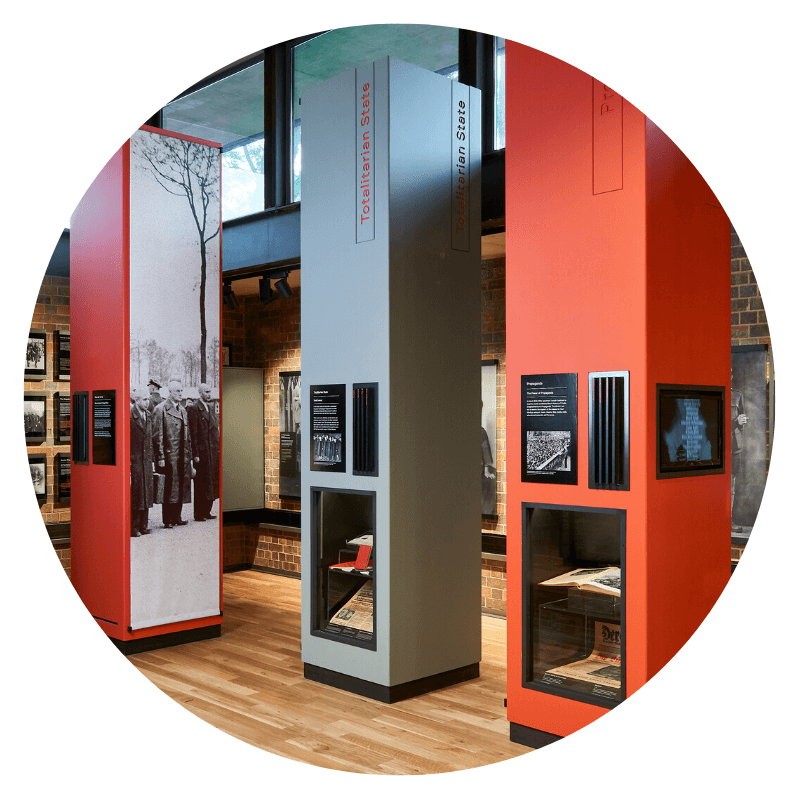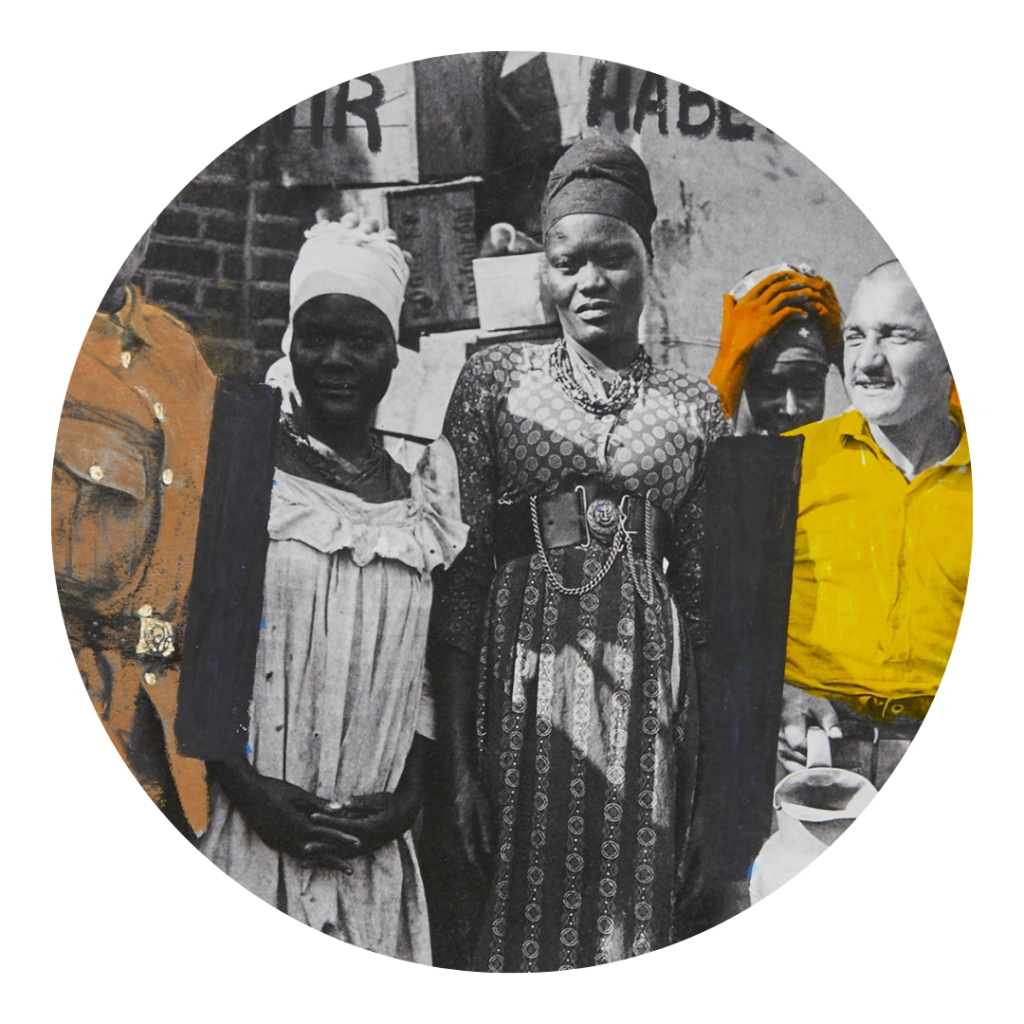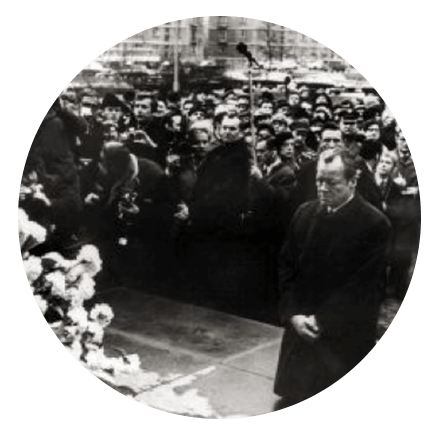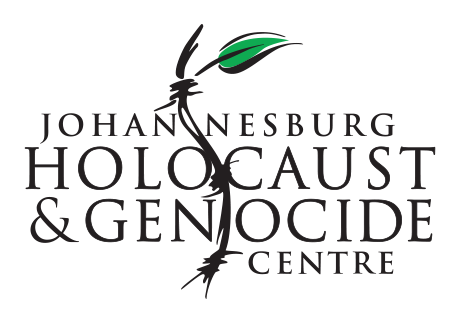Our Permanent Exhibition

Holocaust & Genocide in the 20th Century
This uniquely curated exhibition explores the history of the Holocaust and genocide in the 20th century through a thematic lens. Visitors explore history and moral choices through the personal voices of various role players – victims, perpetrators, resisters, rescuers, bystanders and others. The exhibition urges visitors to reflect on lessons from these histories and apply them to their own lives.
Read more about our Permanent Exhibition.
Take a Virtual Tour of our Permanent Exhibition.
Download our Permanent Exhibition Catalogue.
Current Temporary Exhibition

Marcelo Brodsky
Traces of Violence
Until end-December 2025
In 2021, Germany formally recognised the genocide of the Herero and Nama peoples, committed by the German Empire in what is now Namibia between 1904 and 1908. This exhibition reflects on the legacies of colonial violence and the ways in which art can confront history. Through his project on the Herero and Nama genocide, artist and human rights activist Marcelo Brodsky reworks colonial photographs to expose their embedded violence, transforming them into striking commentaries on power, memory, and justice.
Exhibitions Available on Loan

South African Holocaust & Genocide Foundation Exhibitions
For more information about our available SAHGF exhibitions to loan and use for educational programmes, contact jordan@jhbholocaust.co.za or
+27-11-640-3100.
